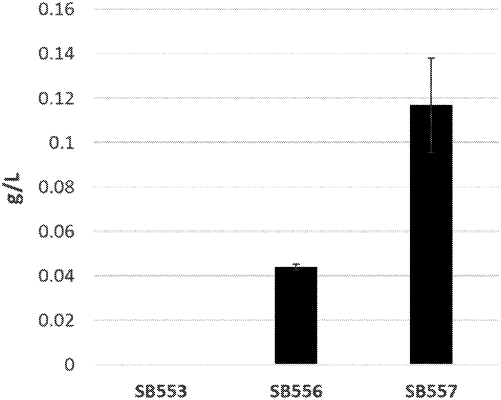|
1. A non-natural microorganism capable of producing beta-hydroxyisovalerate (βHIV), wherein the non-natural microorganism comprises a non-natural enzyme, wherein the non-natural enzyme has been modified or mutated to inncrease the ability of the enzyme to preferentially utilize α-ketoisocaproate as its substrate, and wherein the non-natural enzyme comprises one or more modifications or mutations at substrate-specificity positions corresponding to amino acids selected from N187, W210, V212, V217, L224, S226, I227, V228, P239, N241, Q251, I252, Q265, L289, L323, F336, F347, A361, G362, N363, F364, L367, F368, and F371, of any of SEQ ID NO: 1 or SEQ ID NO: 6, and wherein the non-natural microorganism has been modified or mutated to provide more βHIV than its wild-type parent.
|
